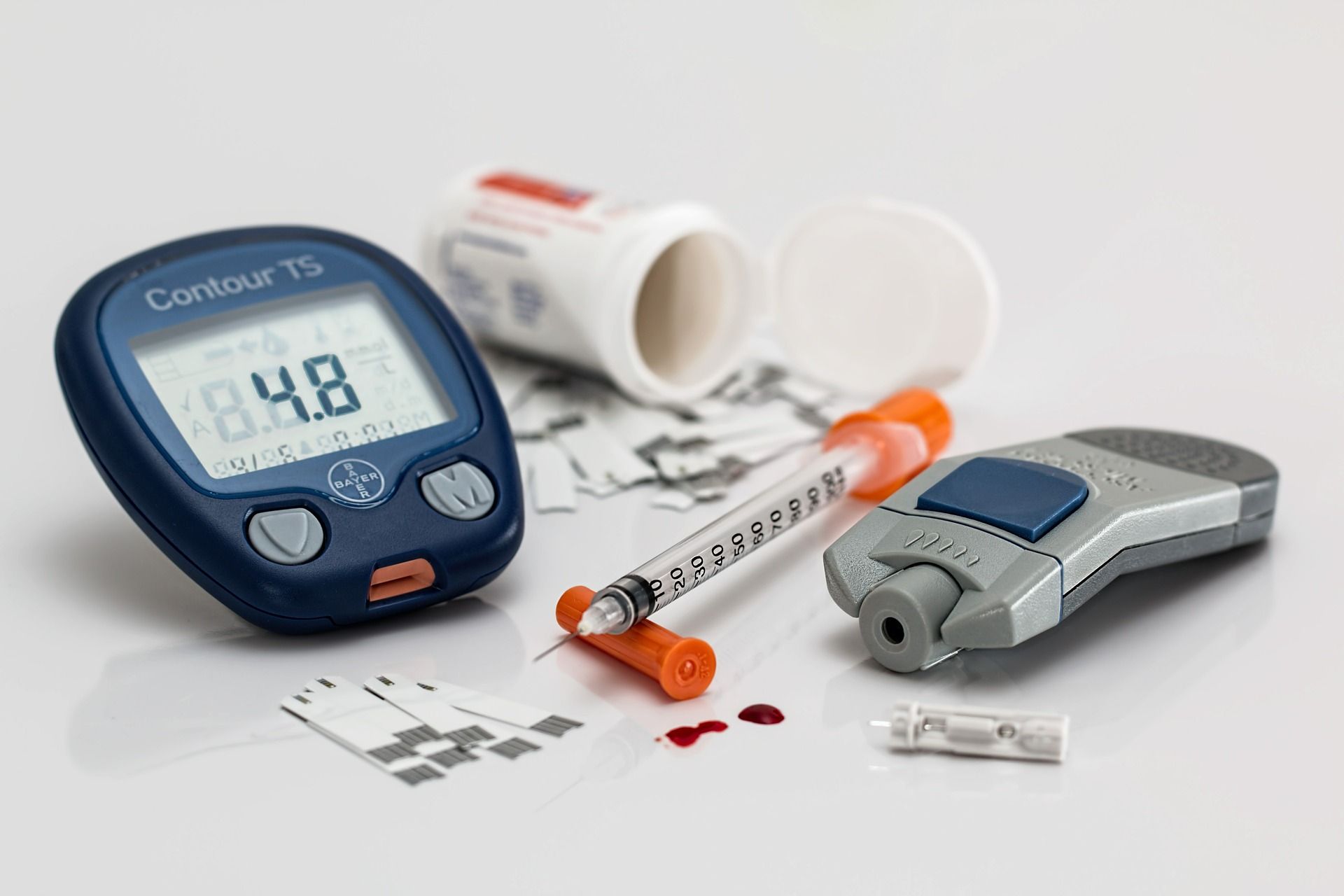people with lower levels of income or education also face a greater risk, as do overweight, obese and physically inactive people. adults who did not finish high school are 5.2 times more likely to develop diabetes than those with a university degree.
geographically,
ontario has the most cases of diabetes (type 1, type 2 and prediabetes combined) at an estimated 4,713,000. this is followed by b.c. (1,636,000), alberta (1,242,000), manitoba (412,000), nova scotia (335,000), saskatchewan (334,000), new brunswick (274,000), newfoundland and labrador (190,000), p.e.i. (50,000).
how much does treating diabetes cost canadians?
the cost of treating diabetes in canada has more than doubled since 2008, rising from $14-billion that year
to just under $30-billion in 2019. the cost of treatment isn’t always covered, however, and it is estimated that the majority of canadians who have been diagnosed with the disease pay $1,500 per year on medications, devices and other out-of-pocket supplies.
mental health issues, loneliness a result of diabetes
there is evidence of a bidirectional relationship between diabetes and depression, in that the presence of one may make the other more likely. it has been estimated
that around 30 per cent of people living with diabetes have clinically relevant depressive symptoms; this may be related
to the stress of managing their condition. conversely, people who have been diagnosed with depression have been found to face a 40 to 60 per cent increased risk of being diagnosed with type 2 diabetes.
 9 minute read
9 minute read




















